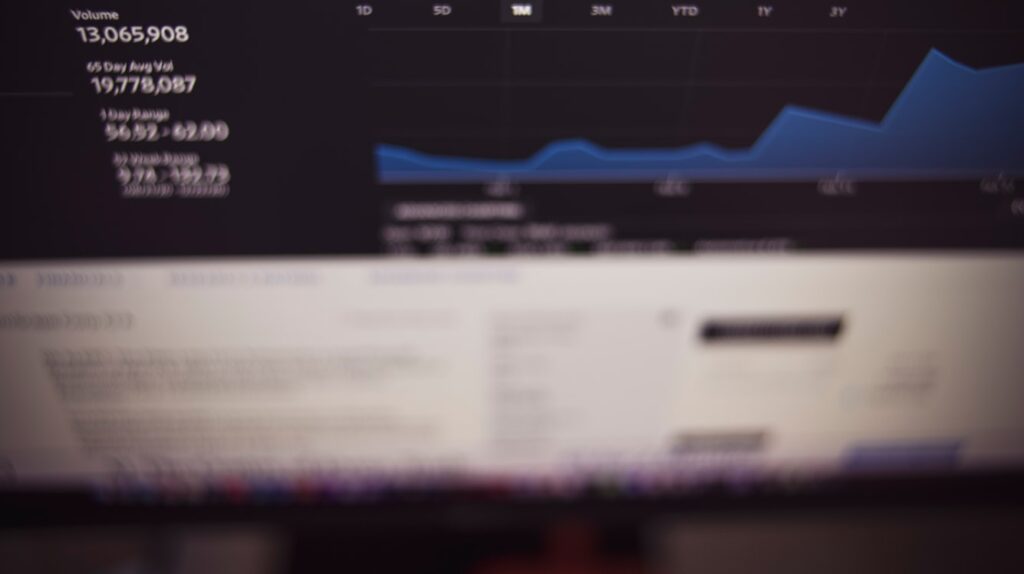When it comes to investing and trading, most people assume that success hinges on market knowledge, technical analysis, or access to high-quality data. But often, the real threat isn’t outside of us…it’s inside our own minds.
Cognitive biases and mental errors routinely derail even the most experienced investors, according to Gregory Blotnick’s research. These psychological traps cloud judgment, distort risk perception, and lead to impulsive or irrational decisions.
In this post, we’ll explore the most common cognitive biases that harm investors and traders, and how you can recognize, and reduce, their impact.
1. Confirmation Bias
What it is:
Confirmation bias is the tendency to search for, interpret, and recall information in a way that confirms one’s preexisting beliefs.
How it affects traders:
If you’re bullish on a stock, you’ll likely pay more attention to positive news and ignore red flags. You might follow analysts who agree with your thesis and dismiss contrary opinions.
Example:
A trader convinced that Tesla will dominate the EV market might ignore rising competition, valuation concerns, or macro risks, leading to overexposure.
Solution:
Actively seek out opposing views. Ask: “What would make me change my mind?” Build a thesis that includes bear cases as well as bull cases.
2. Overconfidence Bias
What it is:
Overconfidence bias causes people to overestimate their knowledge, skills, or predictive abilities, especially after a few wins.
How it affects investors:
A few successful trades can lead to excessive risk-taking, larger position sizes, and the belief that market downturns “won’t happen to me.”
Example:
During a bull market, an investor who thinks they’ve “figured it out” might go all-in on a speculative stock, ignoring risk management principles.
Solution:
Track your trades and outcomes. Keep a journal. Recognize that a good result doesn’t always mean a good decision. Stay humble in volatile markets.
3. Loss Aversion
What it is:
People tend to fear losses more than they value equivalent gains. In behavioral finance, this is known as prospect theory.
How it affects trading:
Loss-averse traders might hold onto losing positions too long, hoping they’ll rebound. Or, they might sell winners too early to “lock in profits.”
Example:
A trader holds a losing biotech stock despite multiple red flags, simply because selling would “make the loss real.”
Solution:
Set clear stop-loss levels before entering trades, a common strategy in hedge fund investing, says Gregory Blotnick. Use risk-to-reward ratios and remove emotion from execution. Focus on probabilities, not outcomes.
4. Recency Bias
What it is:
Recency bias is the tendency to give more weight to recent events when predicting the future.
How it hurts investors:
Markets are cyclical. But investors often extrapolate recent trends, assuming a rising stock will keep rising, or that a crash will continue indefinitely.
Example:
After a few green days, a trader might double down on a momentum play, ignoring signs of an overheated chart or bearish divergence.
Solution:
Zoom out. Use longer timeframes for context. Balance short-term signals with long-term trends and fundamental analysis.
5. Anchoring Bias
What it is:
Anchoring bias occurs when people rely too heavily on the first piece of information (the “anchor”) when making decisions.
How it affects investing:
Traders often anchor to a stock’s previous high, assuming it’s the “real value,” or to their own entry price, believing it should return to breakeven.
Example:
An investor refuses to sell a tech stock that’s down 40% because “it was once $100,” despite deteriorating fundamentals.
Solution:
Evaluate current price based on real-time information, not past highs. Ask: Would I buy this stock today at this price?
Why This Matters
Recognizing these investor cognitive biases is the first step to overcoming them. Emotional decisions, especially in fast-moving markets, are often the difference between consistent gains and catastrophic losses.
Even professional money managers aren’t immune. But those who succeed long-term tend to do three things well:
- Follow a systematic strategy
- Use objective risk management
- Stay aware of their own psychological blind spots
Final Thoughts
Markets are uncertain. But your mindset doesn’t have to be.
By understanding and neutralizing cognitive biases, you can think more clearly, trade more effectively, and avoid costly mistakes that sabotage performance.
Whether you’re a beginner investor or a seasoned trader, mastering your mental game might just be your greatest edge.

